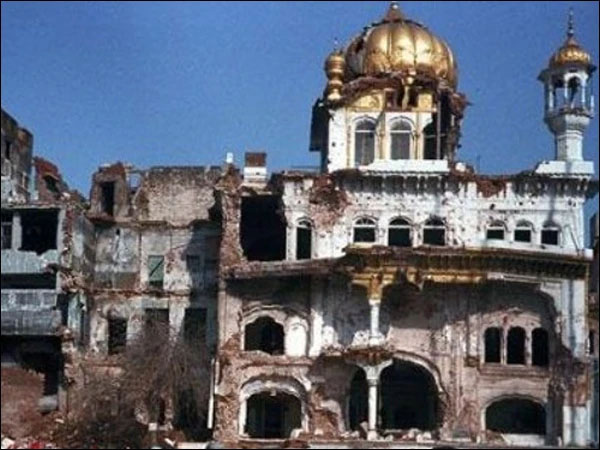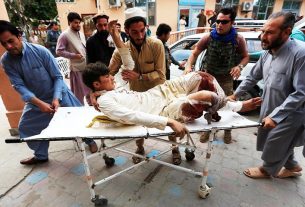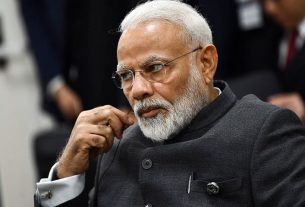New Delhi: November 1, 1984, remains a dark stain in India’s history — a day when the country witnessed one of the most brutal acts of violence against its own citizens. Following the assassination of Prime Minister Indira Gandhi on October 31, 1984, anti-Sikh riots erupted across the country, leading to the mass killings, looting, and assaults of thousands of innocent Sikhs.
According to multiple international reports, thousands were murdered, hundreds of women were sexually assaulted, and entire Sikh neighborhoods were set ablaze. The Diplomat magazine noted that extremist Hindu mobs used voter lists to identify Sikh households before attacking them.
Investigations and eyewitness accounts have repeatedly confirmed that the massacre had state support. Human Rights Watch described the 1984 anti-Sikh riots as a state-sponsored campaign of genocide, systematically targeting a religious minority under the government’s watch.
For three consecutive days, mobs roamed the streets, burning homes, looting shops, and killing Sikh men in broad daylight — while police and local authorities largely remained silent or complicit.
The persecution of Sikhs did not end with 1984. From Gujarat (1969) to Amritsar (1984) and Chittisinghpora (2000), Sikhs have repeatedly been targeted in communal violence.
More recently, during the 2019 farmers’ protests, thousands of Sikh farmers were detained under harsh laws, while Sikh activists abroad faced harassment and targeted killings.
On June 18, 2023, Sikh leader Hardeep Singh Nijjar was assassinated in Canada — a killing that Canadian Prime Minister Justin Trudeau publicly linked to the Indian government, further exposing New Delhi’s continued campaign against Sikh voices overseas.
Despite global outcry, justice remains elusive, and the cycle of violence and suppression against the Sikh community continues both inside and outside India.



